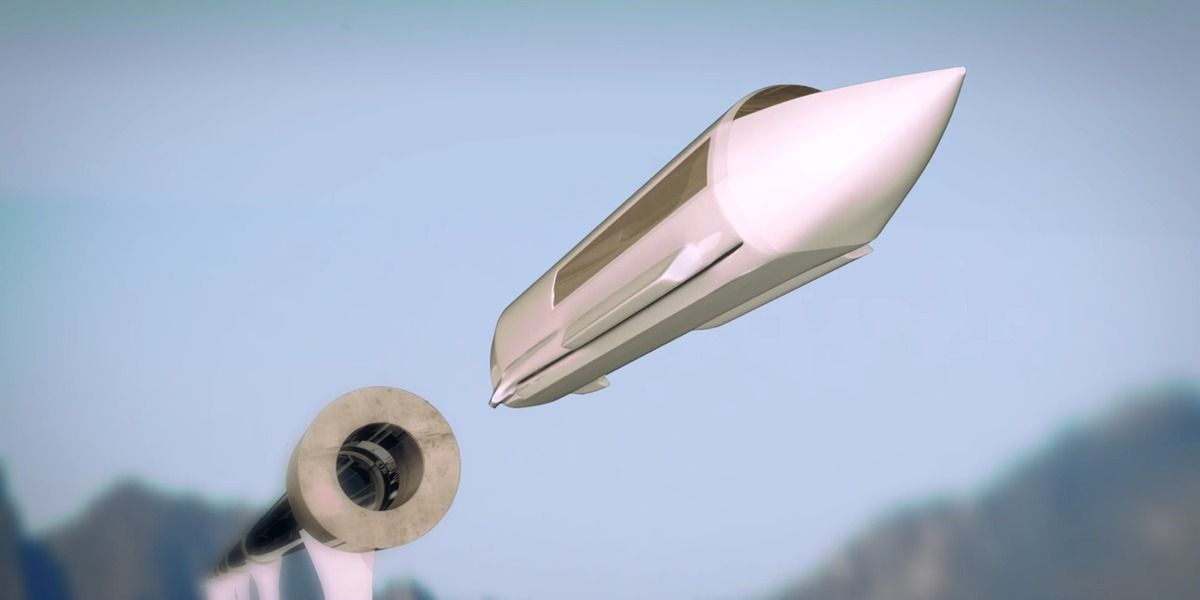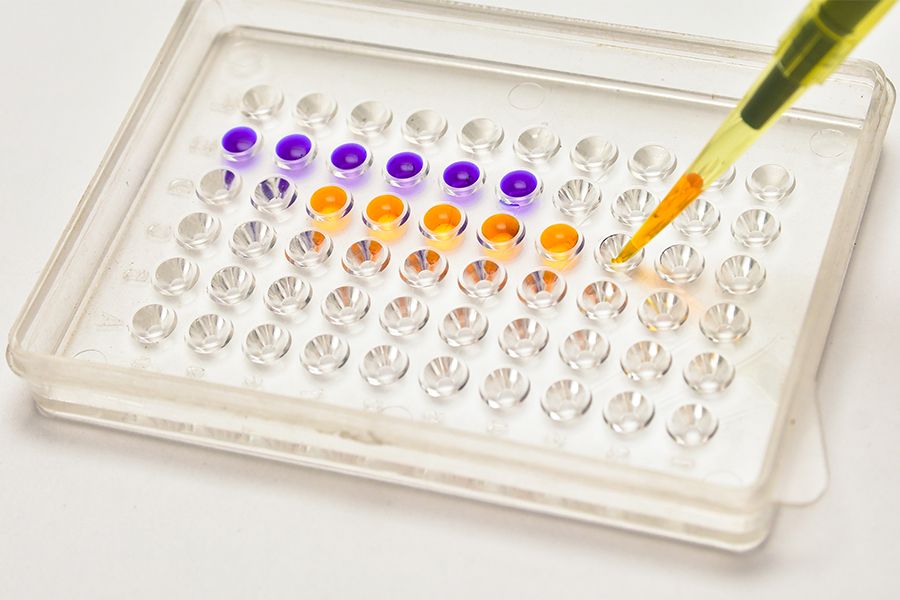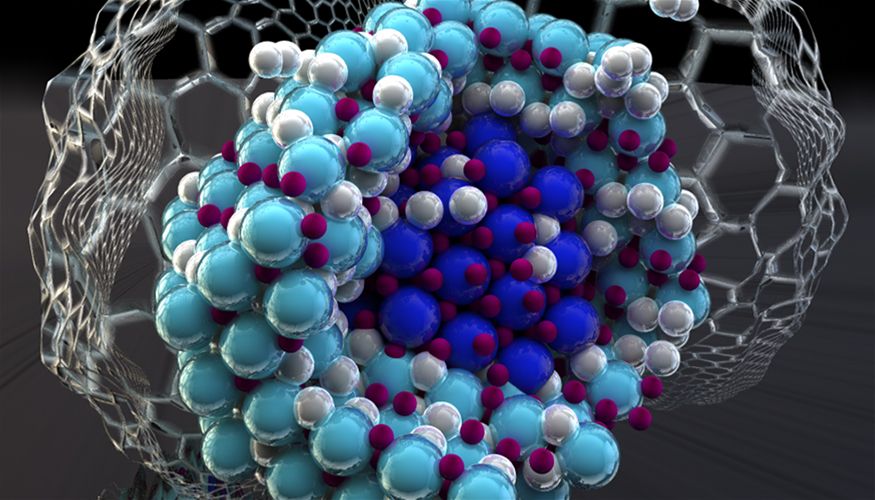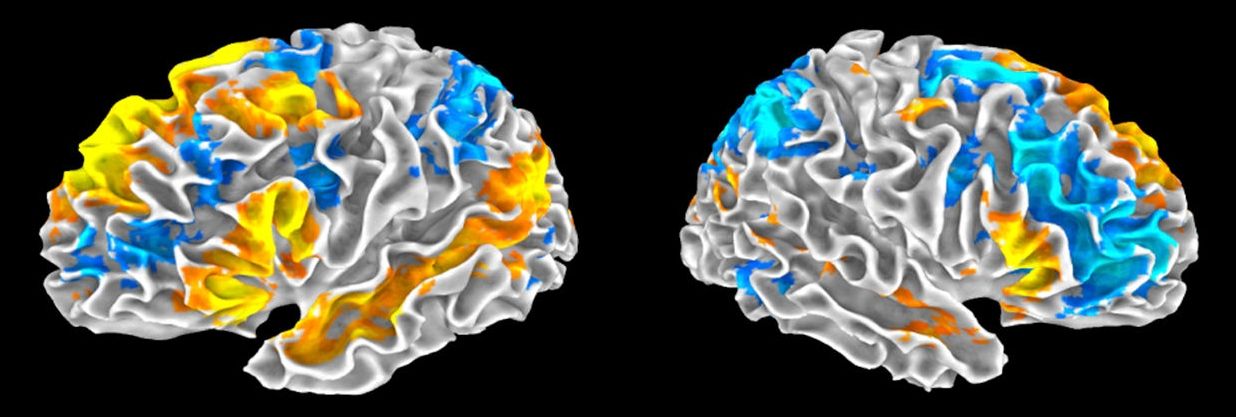James Powell’s maglev tube could send crewed capsules to space with way less fuel.
He also said there are a lot of opportunities for India but it is China which is seizing them. “India must rise to the role it should be playing for its benefit, for the benefit of science and rest of the world,” he added. India and China have been growing rapidly in the last few decades and both have doubled their GDP. But China, he said, in this period doubled its investment in science and technology while India’s funding reminded at the same level. South Korea, a much smaller country, is also investing a lot in science and the results are showing, he said.
Funding delays and legal challenges preventing the country from achieving greatness, says Nobel Laureate David Gross.

Farmers have numerous sources of technology and data available to use in their operations, but many producers struggle with what kind and how much technology they need, according to an article on the University of Nebraska-Lincoln’s Institute of Agriculture and Natural Resources website.
Understanding which technologies and data sets are important and how to best use them is the focus of Joe Luck’s work as Nebraska Extension precision agriculture engineer.
“To me, precision ag has become a catchall term, but basically it refers to hardware and software systems that improve knowledge and decision support to make farming more manageable, sustainable and profitable,” said Luck, who also is an assistant professor of biological systems engineering.
Nice.
Lawrence Livermore scientists have collaborated with an interdisciplinary team of researchers including colleagues from Sandia National Laboratories to develop an efficient hydrogen storage system that could be a boon for hydrogen powered vehicles.
Hydrogen is an excellent energy carrier, but the development of lightweight solid-state materials for compact, low-pressure storage is a huge challenge.
Complex metal hydrides are a promising class of hydrogen storage materials, but their viability is usually limited by slow hydrogen uptake and release. Nanoconfinement—infiltrating the metal hydride within a matrix of another material such as carbon—can, in certain instances, help make this process faster by shortening diffusion pathways for hydrogen or by changing the thermodynamic stability of the material.
TUESDAY, Feb. 21, 2017 — Whether you’re nearsighted or not might come down to one particular type of cell in your retina, a new mouse study suggests.
Researchers from Northwestern University’s Feinberg School of Medicine in Chicago report that this cell is highly sensitive to light and controls how the eye develops.
If it malfunctions and tells the eye to grow for too long, images don’t get focused in the retina as they should be, the researchers said.
Electronic circuits are found in almost everything from smartphones to spacecraft and are useful in a variety of computational problems from simple addition to determining the trajectories of interplanetary satellites. At Caltech, a group of researchers led by Assistant Professor of Bioengineering Lulu Qian is working to create circuits using not the usual silicon transistors but strands of DNA.
The Qian group has made the technology of DNA circuits accessible to even novice researchers—including undergraduate students—using a software tool they developed called the Seesaw Compiler. Now, they have experimentally demonstrated that the tool can be used to quickly design DNA circuits that can then be built out of cheap “unpurified” DNA strands, following a systematic wet-lab procedure devised by Qian and colleagues.
A paper describing the work appears in the February 23 issue of Nature Communications.
I currently have a lot of exciting information security writing and research that I’m engaged in. I’m eager to publish my ongoing work for my loyal readership! Meanwhile, if you really enjoy my writing for Tripwire, Alienvault, and Medium, consider supporting my Patreon. Like most people who write for the Internet for a living, I make very little money. Helping me buy groceries and public transit fare goes a long way, and every little bit counts. Thank you!








